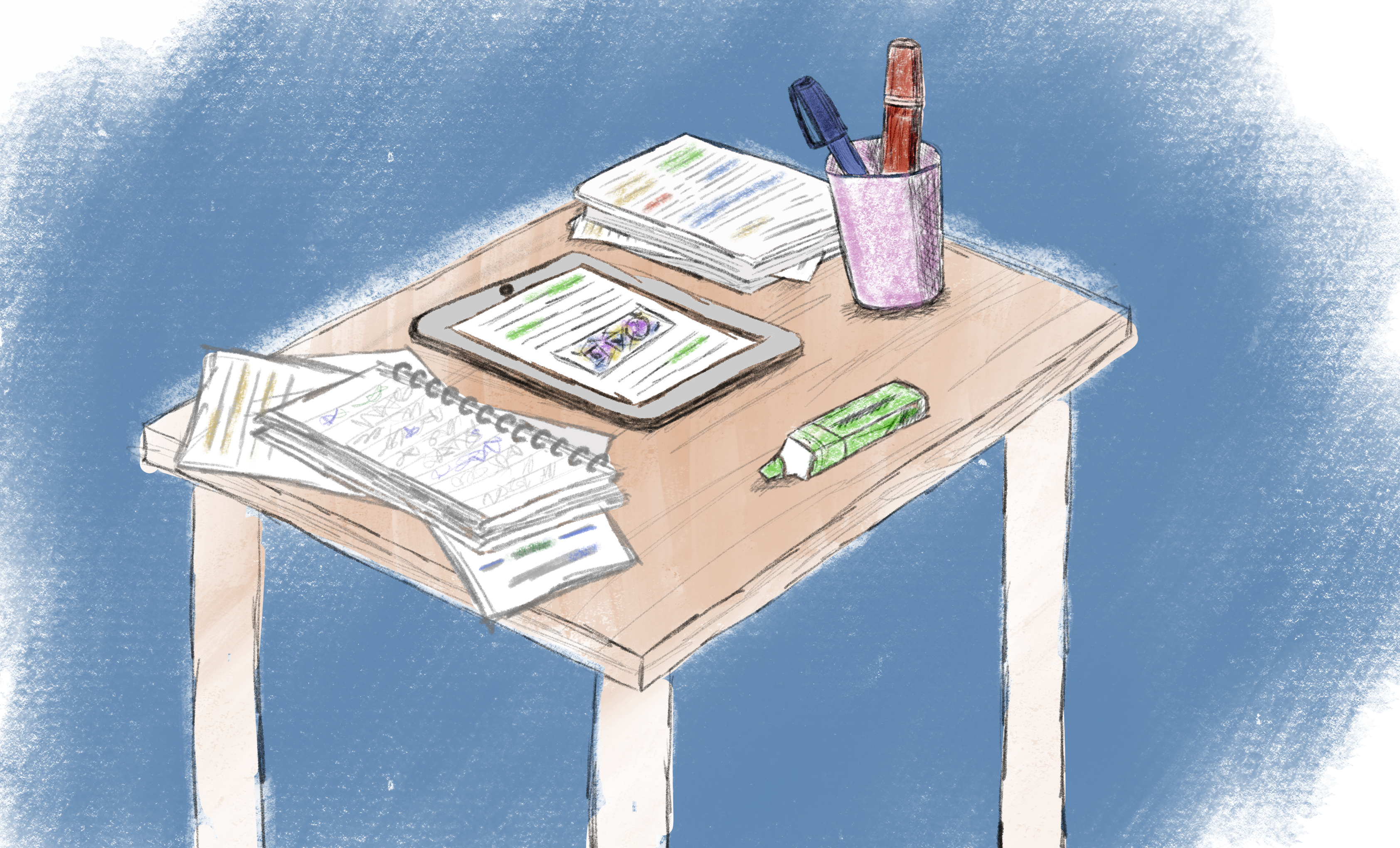The art of reading academic papers
So, as many of you who is reading this, my year goal was to read more. In special, I was set to read 20 books in the year. What I didn’t expect was that a lot of my reading this year would be comprised of academic papers. Having been out of the academia for almost 10 years now, it’s very daunting to be swarmed with different papers to read. And not to say that in these years I haven’t read anything, but it’s very different when you read one paper ever two or three months, and another is reading papers 1 or 2 papers a week.
I put in practice some of my college learnings as well as developed and learned new methods for reading these papers. In this post I’ll share with you my methods, aiming on making research and learning a little less daunting.
Where to start
First, let’s talk on how to start. I’ll assume at this point you already have some idea of the main journals and conferences to follow, but my first tip is to not be focusing on only a set of those. It’s very common for researches to publish even working pieces on the internet, you just got find them. Of course those should be taken with a grain of salt as the quality and result can be ungrounded.
My solution of choice is the semantic scholar site that aggregates papers from different sources and allow you to organize them into research libraries. This service even offer almost daily recommendations of papers as they are indexed, or as you build up your research feed. If your field of interest happens to be AI for example, you most certainly will get recommendations for up to 5-10 papers a week, I can imagine this number can be even higher in some scenarios.
With so many papers to read, how can we actually get to good ones?
My method for this relies on identifying the authors institutions and assume relevance. It does also help to see how many references to that paper there is, but ultimately I’ll read on the abstract and judge if that paper is worth my time or not.
The art of skimming
Assuming a paper passes my initial filter, it still doesn’t mean I’ll read it in full. Here comes my tips for dominating the skimming technique.
- Read the abstract
- Read the conclusion
- Look for images, flowcharts and tables
We are not 5, but often, a good paper will include some nice images and tables that can shed some light on its content.
If all 3 matches my standards, I’ll dive into the paper.
Color coding for clarity
As a big stationary fan, I always try to keep some highlighters in different colors close by when reading the paper. This is way easier if I’m reading on a tablet, which is actually my method of choice.
I have mentally designated different colors to different types of passages, for example: goals are blue, results are green, methodology is yellow, things I don’t really agree on or that I need to further research are red.
A pen of course is great ally here as well, and even digitally, I use them to make notes on the margins of the papers for things that require some action, let it be a question I want an answer for, or some mention to other papers, datasets, softwares or any other type of publications.
Summarizing and synthesizing
After finishing reading a paper, if I found something interesting, or if the paper might have some relevance in the future, I like to summarize it. I try to keep things as simple as possible. My main template for summarizing is, in my own words and trying to be as direct as possible, state the following:
- Goal
- Result
- Main methods
- Any relevant insights I had or general impressions
- Any relevant and distinguished image or table that would be worth having at hand
Having this summary comes a lot at hand, as papers start to become a lot similar as you focus on a domain. With the summary I can quickly glance at my notes and find the paper I want.
The power of repetition
And, the final tip here is to review the papers every now and then, specially for papers that bring a lot of new concepts and ideas. It’s a good practice to return to them and read them again after a while. You would have learned a lot in this time, and maybe with a fresh set of eyes, and a heavier baggage of knowledge, you may be able to extracts new insights.
Engage and exchange
One other thing that helped me in this journey is to take part on discussion groups, let this be a friend or colleague with whom you exchange notes and discuss the paper, or a more structured study group.
Final thoughts
Reentering the academia world can be overwhelming at times, but with the right set of tools and techniques this can be a little more manageable.
I hope my tips for this here will be helped, and let me know what I’m missing on my system. The papers won’t stop being published, so anything that can help me improve this workflow, I’ll take it!
